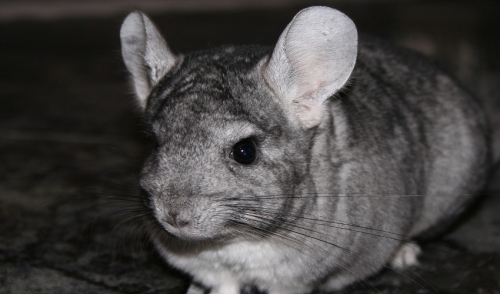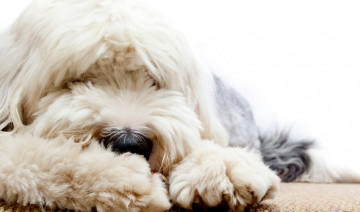10 Symptoms of Diabetes in Dogs
Diabetes can be a challenging condition to manage, especially in pets that cannot verbally communicate how they feel. Recognizing the symptoms of diabetes in...

With their charming and perky personalities, chinchillas can be fantastic pets. Their most outstanding characteristic, however, is their lush, soft, silky fur, a thick coat that is specially adapted for their native home in the Andes Mountains of South America. Unfortunately, when these unique critters are pets, they can be susceptible to several conditions that can damage their luxurious coats. If you understand their proper grooming needs and fur care, however, you can keep your chinchilla happy and healthy with an amazing coat.
Proper Chinchilla Grooming
Chinchillas are naturally neat animals that self-groom regularly, which means very little supplemental grooming is ever necessary for a healthy pet. Dust baths are their preferred method of grooming, and it is essential to use very fine, powdery sand formulated for pet chinchillas – see your local pet store or veterinarian for appropriate recommendations. In the summer when heat and humidity is highest, they may need frequent dust baths, while in the cooler, drier winter the bathing frequency can be decreased. Simply put a shallow tray or dish with the dust into their enclosure, and they will happily and enthusiastically roll, shake, shimmy and burrow to thoroughly coat their fur. The dust absorbs oil, grease and dirt, helping keep their coat in peak condition.
It is not necessary to brush a chinchilla, and most do not enjoy being brushed. A long-toothed comb can be used to help remove mats from their fur if absolutely necessary, but it should be done very gently and with as little stress to the animal as possible. The only other grooming that may occasionally be necessary is trimming toenails if they are not naturally wearing down quickly enough.
Problems With Chinchilla Fur
Though chinchillas generally have few problems with their fur, there are occasional difficulties that can turn their normally luxurious coat into a greasy, matted, patchy mess. Understanding these problems and their causes can help you get your chinchilla's fur back into prime condition.
It is also important to note that fur problems can be symptoms of deeper health concerns. If your chinchilla has ongoing coat issues, be sure to seek appropriate veterinary help for an expert diagnosis. Working with your veterinarian, you can provide excellent care for your chinchilla to be sure its coat is always looking its best.
We are constantly adding new specials to our site. Be sure to check back often!
We currently do not have any events scheduled.

Diabetes can be a challenging condition to manage, especially in pets that cannot verbally communicate how they feel. Recognizing the symptoms of diabetes in...
Comments